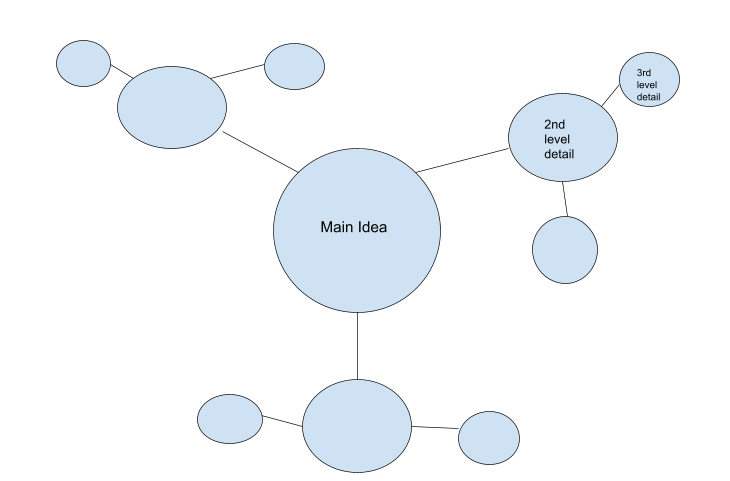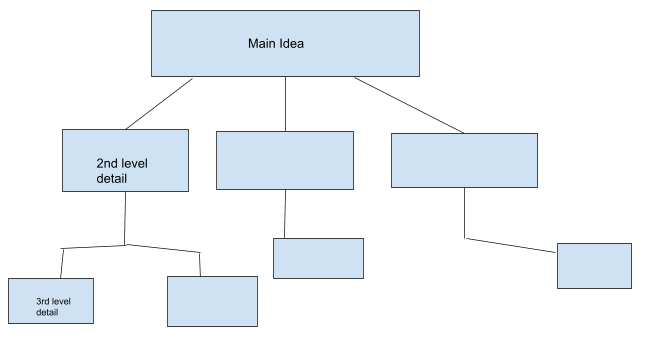10.2: Taking Useful Notes
- Page ID
- 110151
As explained in the previous section about reading, you need to be active when you’re reading textbooks. One way to be active is to take notes on your reading. Pull out a notebook or open your laptop or tablet, and take notes as you read. You may think there’s not a need to take notes since you may be highlighting or underlining as you read, but taking notes is another way to move the information you’re reading from your sensory and short-term memory into your long-term memory. You’re also creating a study tool when you take notes on your reading.
In addition to being an active reader by taking notes on your assigned reading, you also need to be an active listener by taking notes during class lectures and when watching videos. Again, you may think there is no need to take notes on lectures if your professor provides you with presentations and slideshows, but the simple act of taking notes will help you move that lecture material into your long-term memory. If you take notes on the assigned reading and on the lecture, then you can combine those notes later to study for exams.
Here are several note-taking methods and structures. Experiment with each type and see what appeals to you.
Cornell System
In this method, draw a vertical line about two inches from the left side of your page, and then draw a horizontal line about two inches above the bottom of the page. In the large area on the right, take notes as you normally would. Then after finishing your original note-taking, condense the content into key words and phrases in the left column or list questions you have about the content. Finally, summarize your notes in your own words in the section at the bottom of the page.
The Cornell System is called a system because you can use this format to take notes, organize the material and study. After you’ve created the key words and questions column, you can cover up the main notes section and see if you can explain the full concepts of the key words or answer questions without looking at the main notes. Then when you’re doing the last bit of studying for an exam, you can read the summary section quickly without having to re-read the whole notes section.
| Left Column | Main Section |
|---|---|
| Key words and phrases or questions |
Main notes in this section
|
| Summary at Bottom | Summary in your own words |
Concept Mapping
Concept maps, also known as webs or mind maps, start with the main idea in the center then branch out to show related second and third level details.

Outlines
Outlines use a vertical, top-down structure with the main idea on the top designated with a Roman numeral then progressing downward to the second-level detail designated with a capital letter which is indented under the main idea. Then third-level details are indented under the second-level details using a number and so on using small Roman numerals and lower-case letters. Informal outlines follow this same structure with bullet points or symbols.
-
Main idea
A. 2nd level detail
B. 2nd level detail
-
3rd level detail
-
3rd level detail
2. Main idea
A. 2nd level detail
- 3rd level detail
- 3rd level detail
B. 2nd level detail
Hierarchies
Hierarchies look like organizational charts and also are structured vertically with the main ideas at the top and cascading down with lower-level details.

Chart or Matrix
A chart or matrix organizes your notes into columns and rows. You can create a chart/matrix with as many rows and columns as needed for the topic you’re studying.
| Main Idea | 2nd Level Detail | 2nd Level Detail |
|---|---|---|
Here is a comprehensive video about note-taking from the Academic Success Center at Oregon State University. This video makes the important connection between metacognition and note-taking strategies. Note-taking Academic Success Center Oregon State University [www.youtube.com]


